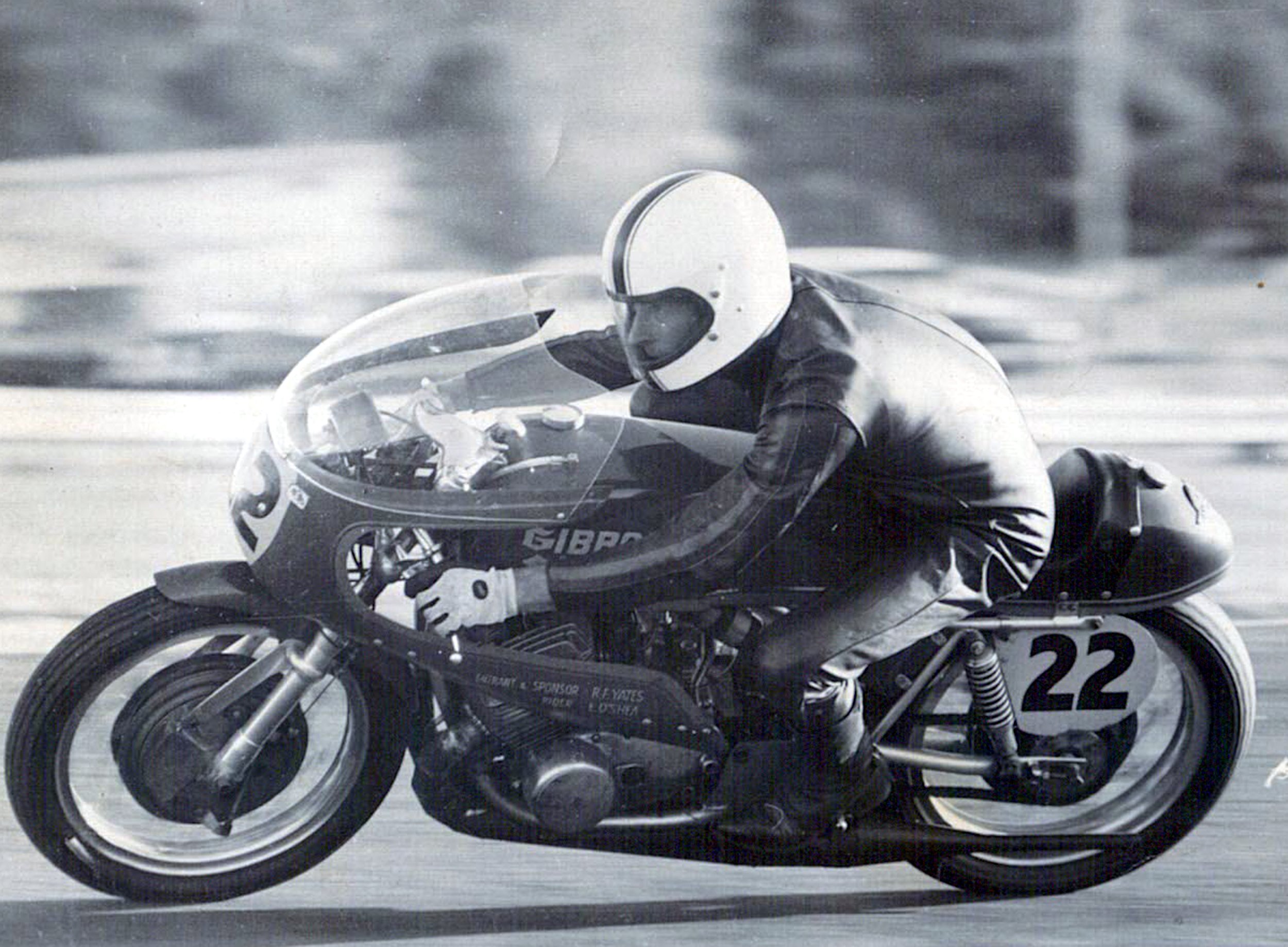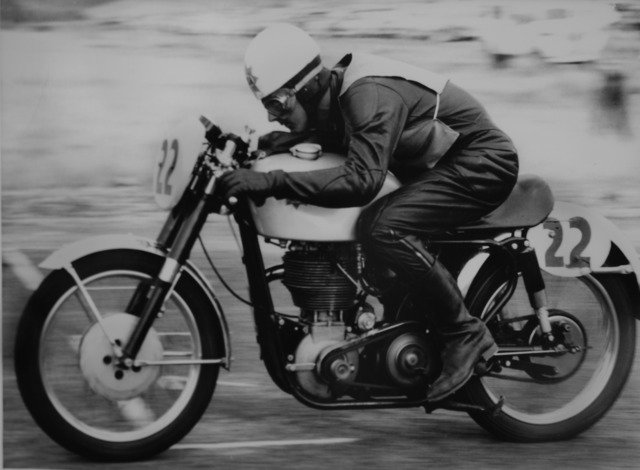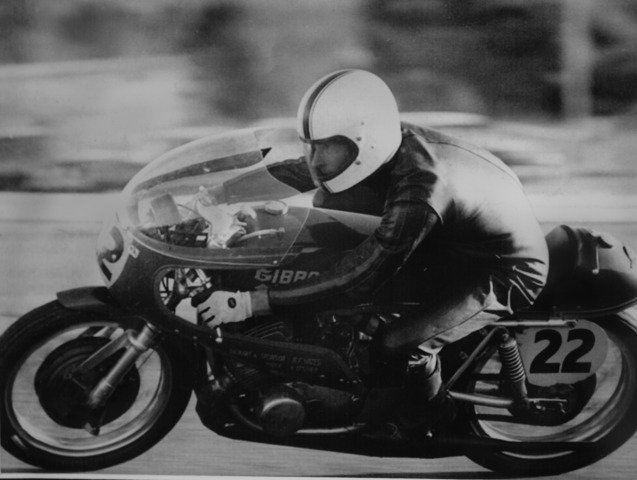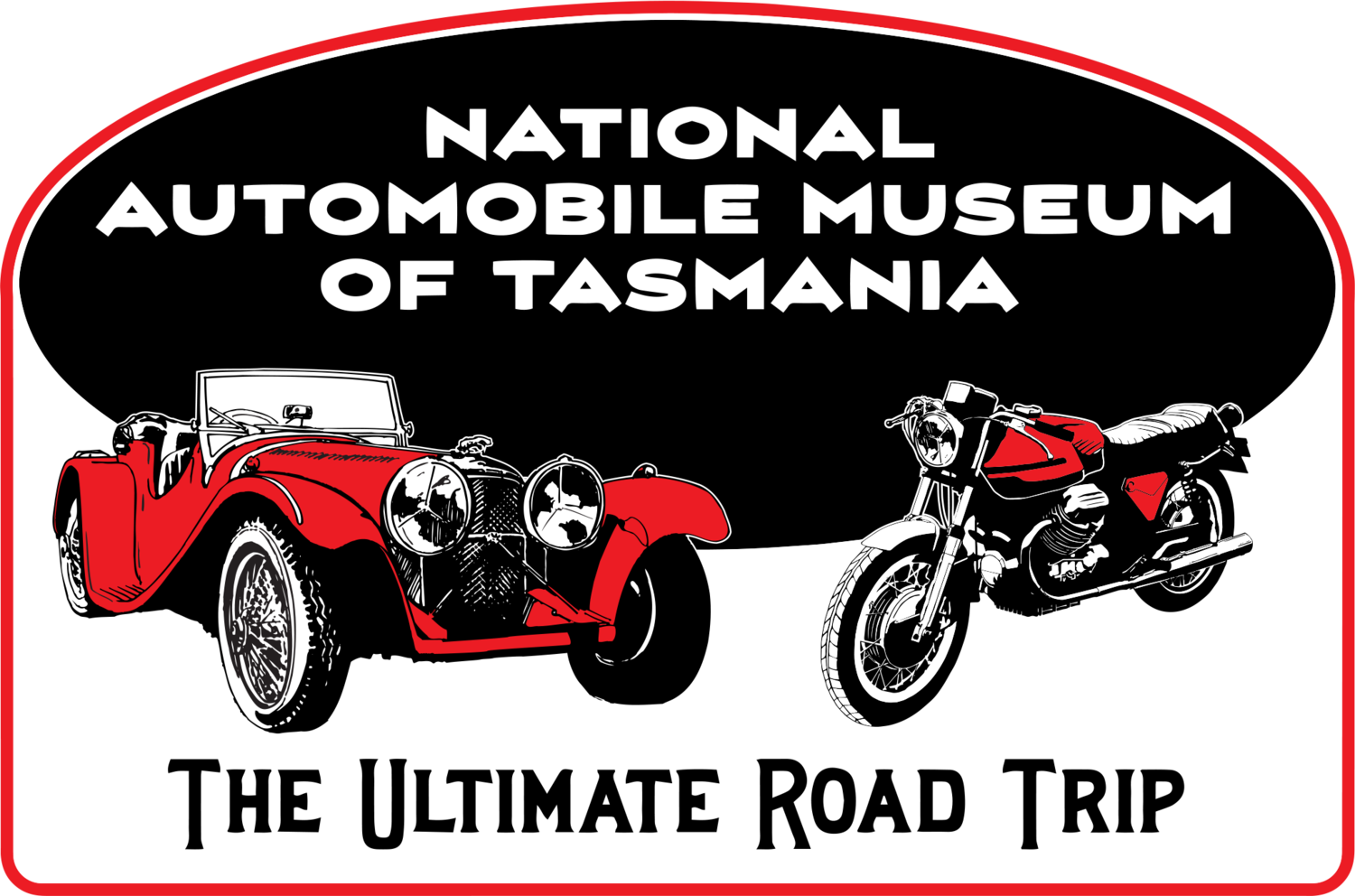
Laurie O’Shea
Laurie O’Shea was born in 1936 and first started motorcycle racing at the famous Grand Prix circuit Longford on a BSA Bantam, at the tender age of 17, in 1953.
He gradually became quicker and raced faster bikes and went on to win many races throughout the late 1950s and 1960s, eventually claiming several Tasmanian unlimited road racing championships in the early 1970s as well.
Laurie made regular forays to the mainland and started to meet with success in the late 1950s, winning races at circuits including Calder Park, Hume Weir, Phillip Island and Fishermen’s Bend.
The International Super Star Motorcycle Series at Calder often saw Laurie racing against some of the best riders from all over Australia New Zealand, the US and Great Britain.
Back on home soil, one of Laurie’s biggest local victories was in the 1960 Tasmanian TT Race, in which he beat an impressive field, including a number of top mainland riders.
Laurie also won the prestigious Dennis Wing Memorial Race on three consecutive occasions in 1967, 1968 and 1969 – it was also a special race for Laurie, having raced against Dennis’ father many times.
Laurie also raced all over Tasmania, including at Baskerville and Symmons Plains, where he met with much success, as well as the now-defunct Quorn Hall airstrip track, near Campbell Town.
Baskerville in particular, was a happy hunting ground for Laurie, especially during the mid-1960s, where he recorded more than 35 race wins, including several on the same day on a number of occasions.
Laurie raced for a variety of sponsors and teams over his more than two decades of competition, including Keith Wing Racing, Yates Brothers Racing and Jimmy Guilfoyle Racing, meeting with plenty of success.
Bikes campaigned by Laurie included a BSA Bantam, BSA 350 Goldstar, 7R AJS, Norton Manx 350 and Norton Manx 500, Norton Manx 250 TDIC, Gibbons 500, Yamaha, Suzuki, and an Aermachi 500.
Much of the earlier racing bikes didn’t boast the electronics and computerised gadgetry of today’s racing bikes, and for much of his career, Laurie’s only gauges consisted of a tachometer or rev meter, and perhaps a speedometer, but little else.
It was indeed, a case of riding by the seat of your pants and relying more on rider feedback and feel for the bike, based on experience, rather than electronic data.
Laurie was an incredibly successful competitor and to list all his individual achievements would require hours of reading.
However, it is sufficient to say that over a sustained 22-year period, he won many more races than he lost.
Not surprisingly, Laurie won the prestigious Max Stevens Auto Tasmanian Motorcycle Racer of the Year three years in a row in 1967, 1968 and 1969 - at a time when motorcycle circuit racing in Tasmania was arguably at its most competitive ever.
At the peak of his career in the mid 1960s, Laurie was rated as one of the top five motorcycle racers in Australia and was considering an assault on the famous Isle of Man TT Race.
Unfortunately, the budget couldn’t be found and he missed his chance to take on some of the world’s best.
Laurie was also a member of the Tasmanian Motorcycle Club, holding a number of positions on the committee for many years during and after his racing career.
His services not only to the club, but the sport in general, were recognised when he was made a life member of the club in the early 1970s - while he was still actively competing.
Laurie retired from racing in 1975 – 22 years after he started - which was ironic really, given that for most of his career, many of his bikes carried the No. 22 race plate.



